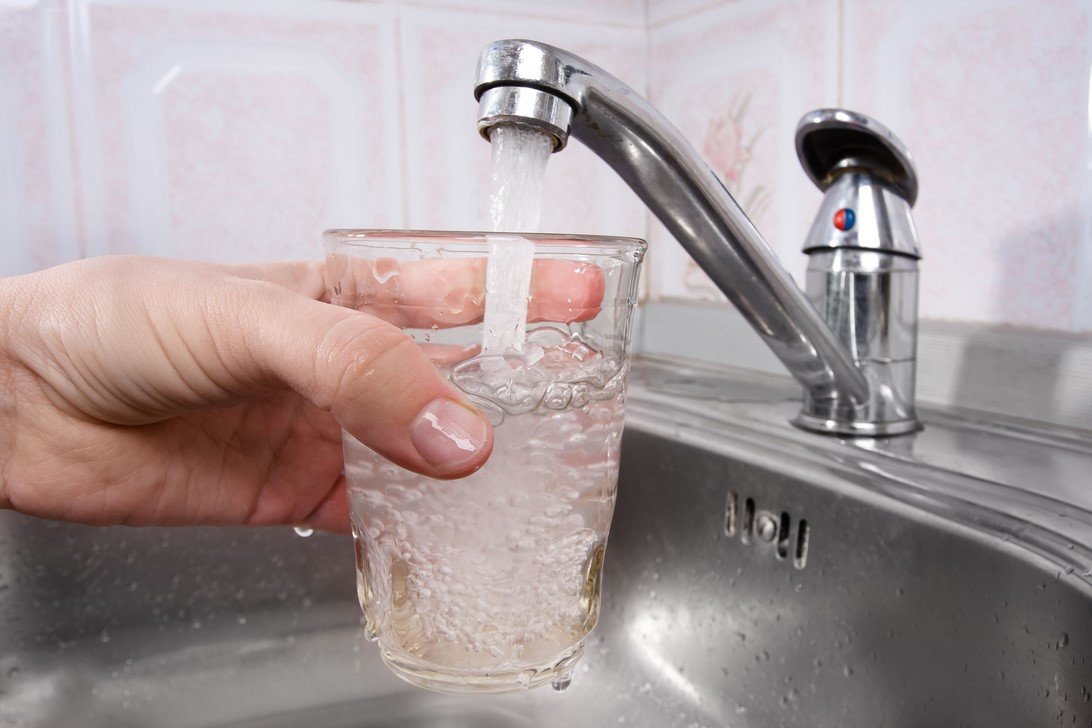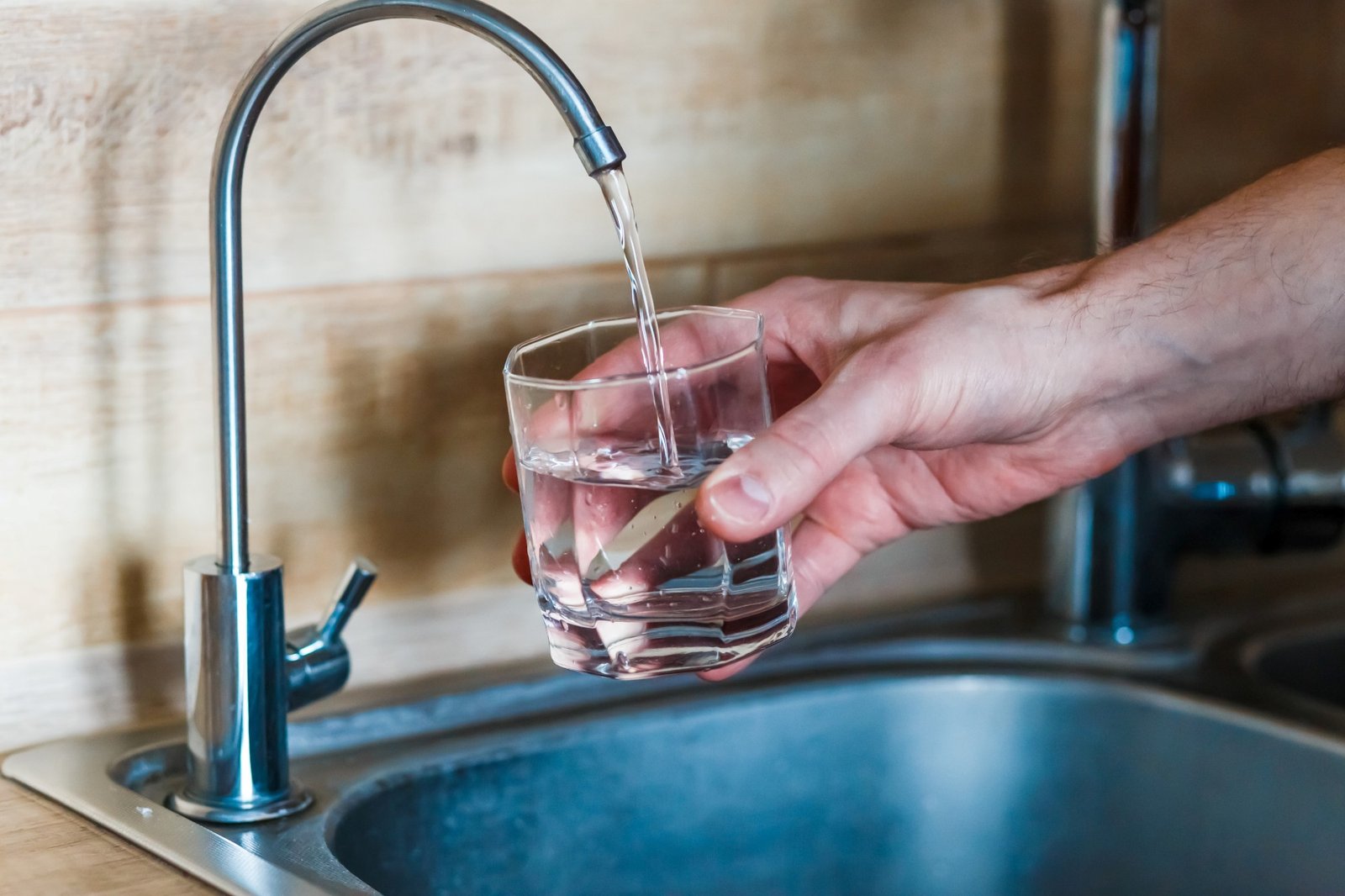Table of Contents Show
Safe drinking water free of toxins, pollutants, and contamination is one of the hallmarks of a prosperous nation.
It safeguards the precious and cherished lives of citizens. It is the same for Canada, where water quality standards are dedicatedly upheld.

In this article, we explore the importance of quality water in Canada and describe what complex steps can be taken to maintain the standards.
Ranging from cutting-edge water treatment technologies to ongoing innovation, we delve into the wide array of initiatives geared towards protecting Canadians’ health and maintaining a safe source of drinking.
Understanding Canada’s Water Quality Standards
The Canadian landscape is characterized by large freshwater resources. To preserve the quality of this valuable resource, strict water quality standards have been established by the country.
These standards form the basis of protecting public health and ensuring environmental sustainability.
Canada’s water quality standards are directed by federal, provincial, and territorial regulations, which provide clear targets for several parameters to ensure that drinking water meets the required criteria.
The Canadian Council of Ministers of the Environment (CCME) is a key participant in formulating and revising these standards.
The CCME convenes decision-makers from various jurisdictions to develop national guidelines that take into account the most recent scientific knowledge and technological innovations.
Parameters that include microbiological contaminants, chemical substances, and physical attributes are carefully defined to provide broad coverage with protection.
Read Also:
The Way Water is Treated to Meet the Standards
Upholding drinking water standards requires a complex treatment process.
Most water treatment facilities across Canada use sophisticated technologies in the removal of contaminants and impurities to provide citizens with proper drinking clean water.
Raw water extraction from lakes, rivers, and springs is the first step in treatment.
The subsequent phases comprise primary treatment in which physical components such as residues and sediments are eliminated. After that, chemical processing is used to neutralize and remove harmful elements.
It is also very crucial to keep all your pipes in good shape so that the pure water supplied doesn’t get affected.
At https://cleanflow.net/, a diverse range of pipe inspection and locator tools are available to ensure that your water supply systems always stay in flawless condition.
However, the most important role is played by advanced filtration systems such as activated carbon and membrane filtering in further undergoing purification of water.
These technologies are highly effective in removing microscopic particles and contaminants; as a result, the final product meets or surpasses stringent water quality standards set by government regulators.
Regular monitoring and testing are also a part of the water treatment process. Quality control procedures are implemented through strict quality measures to evaluate the efficacy of treatment methods as well as abide by established standards.
This continuous surveillance keeps the efficacy of drinking water in Canada in control.

The Importance of Quality Water for Public Health in Canada
One of the significant determinants that matter to public health is water supply, and this factor helps a great deal in preventing diseases by consuming clean water as well as leading to overall advancements.
Several daily chores demand clean water, such as drinking, cooking, and maintaining personal hygiene. It forms the basis of a strong and prosperous nation.
Health problems associated with poor quality of water include stomach illness, among others, and perhaps more serious conditions due to exposure to contaminants.
Vulnerable groups specifically include children, older people, and immunocompromised individuals, among others. So, high standards of water quality are not only legally imposed but an obligation to ensure the safety and health of Canadians.
Waterborne diseases can be effectively opposed by ensuring safe water. In the water, contaminants like bacteria, viruses, and parasites can be present. They might result in disease outbreaks such as gastroenteritis, dysentery, and other gut infections.
This is especially so in large cities and among high-risk populations where the risks of contamination remain a significant problem.
Consistently high water quality standards are now the first order of defense against rapid transmission through pathogens contained within it.
Besides, high-quality water helps to avoid chronic diseases. Healthy hydration that is free from contaminants supports good health and can help prevent kidney stones, as well as selected cardiovascular diseases.
The relationship of water quality to public health emphasizes the importance of strict standards and efficient treatment processes.
Advancements in Providing Safe Drinking Water in Canada
In the past few decades, Canada has experienced tremendous technological improvements that serve to ensure safe drinking water. These innovations cover different aspects of water treatment, monitoring, and distribution, ensuring efficiency improvement as well as sustainability.
One major improvement is the use of smart technologies in water treatment facilities.
Automated monitoring systems and quick data analysis enable timely detection of any abnormalities and promptly respond to potential threats.
It not only makes water treatment processes more reliable but increases the resilience of water supply systems.
In addition, due to research and development activities, better water treatment methods were discovered.
For example, nanotechnology is being investigated for the possibility of molecular cleaning. This novel idea shows hope in dealing with the challenges that arise and securing sustainable water quality standards.
The importance of community engagement and education cannot be underemphasized in the search for clean drinking water.
Public awareness campaigns have evolved in ways that employ citizen science and allow communities to be involved directly with water quality monitoring. This shared responsibility creates a cohesive environment of water safety.
The desire to keep high standards of water quality speaks to Canada’s concern about its people and their environment.
The state manages to achieve this through a series of strict regulations, advanced treatment processes, and constant innovations.
Since the technology keeps on progressing, so can we improve the quality and sustainability of Canada’s water supply with further development for future healthier generations.










